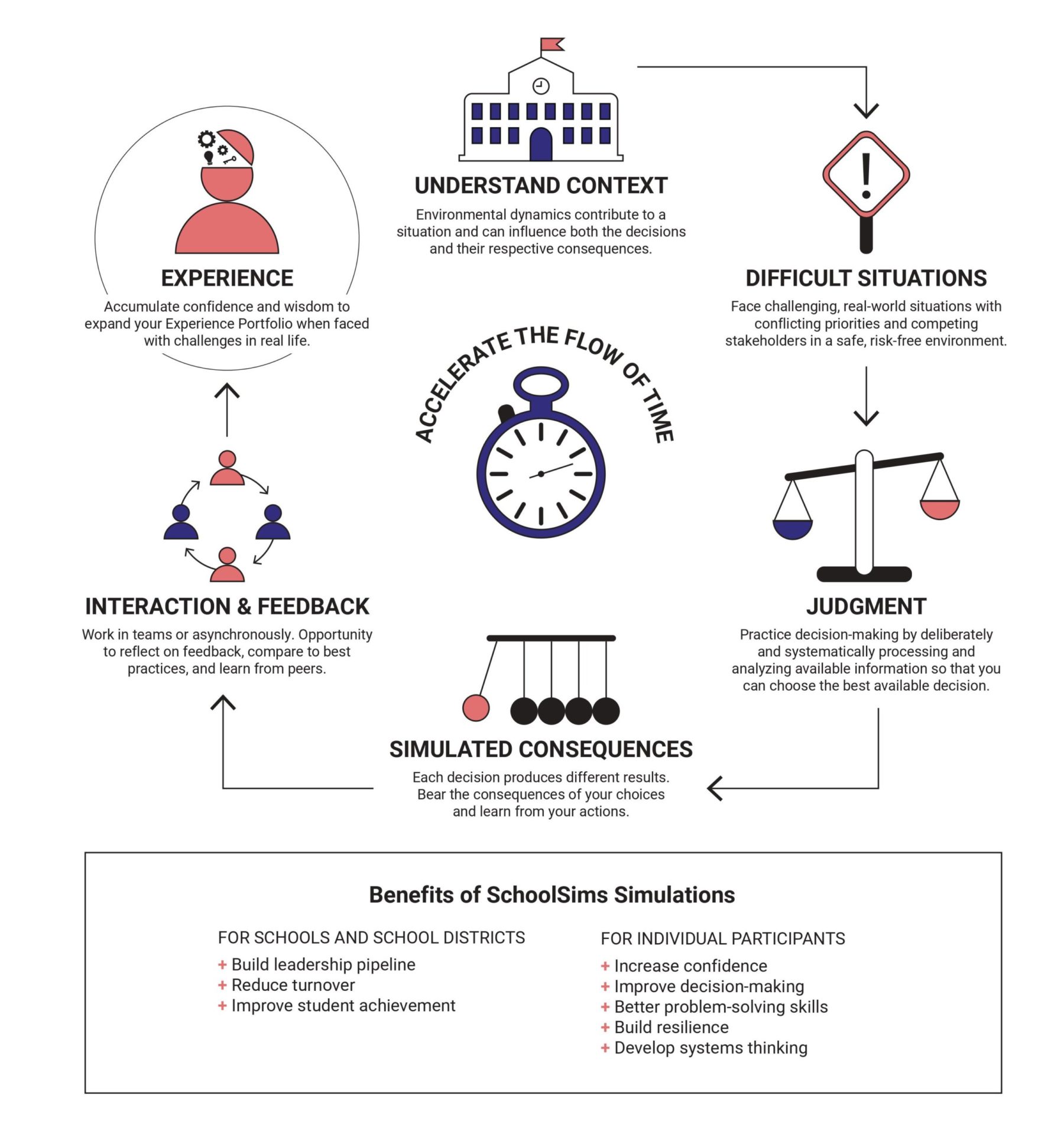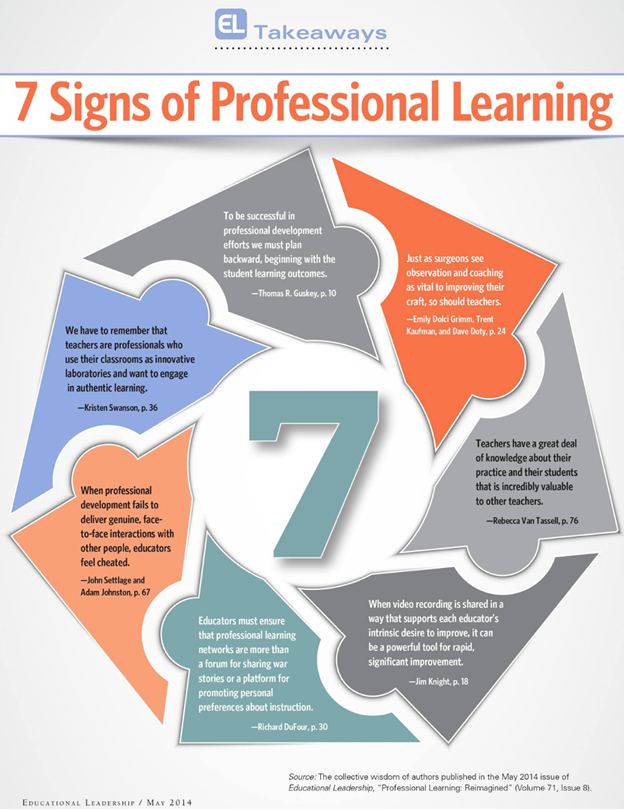Who Has Benefitted From Simulations?
“As Coordinator of the NJ Leaders to Leaders Program (NJL2L), the sole state-approved mentoring program for new school leaders in New Jersey, I have found the Educational Leadership Simulations to be a valuable resource in the professional learning of thousands of new and veteran educational leaders. The current and real-life simulations provide opportunities for rich discussion around relevant educational scenarios in which teams of leaders explore a variety of decision pathways that target essentials such as team building, legal, moral and ethical standards, and individual and group decision making. Through these collaborative conversations, the knowledge, expertise, and leadership skills of practitioners are strengthened. Alignment to the Professional Standards for Education Leaders (PSEL Standards ensures that the needs of all learning leaders are met.”
– James J. Sarto, Ed.S.
Coordinator of NJ Leaders to Leaders Program (NJL2L), NJPSA/FEA
“I find that though I can often come up with a quick decision on an issue, because of scenarios I worked within the SchoolSims program, I pause without rushing to the answer and carefully consider multiple options and the potential outcomes of each one. This has helped me become more thorough in my research, more thoughtful in my judgment, and more considerate in my communication before I make a decision and share it with others.”
– Stephanie C. Huckabee
Assistant Principal for Instruction, Chapin Middle School
“The PA Principals Association has been utilizing the SchoolSims simulations for the past three years. In an effort to provide relevant and engaging professional development opportunities for our members, we have used the library of simulations to conduct workshops for school leaders across the state. By using the simulations we can engage individuals in the thought processes behind the decisions they make while unpacking differing points of view. The rich discussions that occur during these small and large group sessions are very powerful and enlightening. Our workshop evaluations on the use of these simulations have consistently received outstanding ratings.”
– Dr. Paul M Healey
Executive Director, PA Principals Association
“SchoolSims simulations is the very tool that we have needed to bring more clarity to how various perplexities and problem-solving techniques can be utilized to handle situations in a calm and methodical manner. Educators are responsible for developing the all-important minds of our young people. Principalships of today are more complex than ever before. Like the doctor who attends a residence is guided through multiple real-world simulations before they are released to practice medicine, our principals need to experience real-world simulations such as these to ameliorate the teaching and learning minds of our diverse communities. The simulations captivated our participants. Notably, it appeared that students enjoyed that part of our agenda the most.”
– Ruth Wright
Des Moines Public Schools
“The participants literally did not want to end the simulation. One participant even suggested the modules be used for all administrators, not just those in a program, but as another level of professional development.”
– Dr. Porter
Prince George County, MD
“This experience with SchoolSims simulations has been nothing short of extraordinary. Every assistant principal in our district (and we have 140) has found these simulations invaluable for their growth as administrators, and especially for those who aspire to become principals. We now have directors and assistant superintendents attending our meetings as they want to see how the simulations work, and the learning that is taking place as a result. Our assistant principals are able to see the cause and effect of their decisions in a risk-free, fail-forward environment. These simulations have enhanced collaboration among administrators as they are real scenarios.”
– Jacqueline Ingratta
Coordinator, Professional Learning & Development Brevard County Public Schools (FL)

